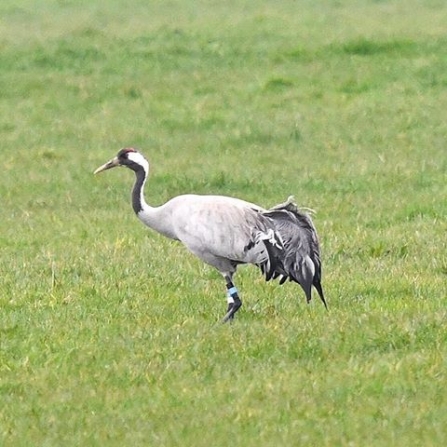Having faced down the threat of an M4 motorway slicing through the landscape, the Gwent Levels are now threatened by multiple applications for solar plants and business parks that would damage SSSIs and precious habitat.
Julian Hoffman is backing Gwent Wildlife Trust’s campaign to call a halt on significant development on these nationally important wetlands until full formal protection is in place. A Senedd (Welsh Parliament) petition to that effect is currently running, with the aim of gaining 10,000 signatures, and triggering a debate in a full plenary session.
In his acclaimed book, Irreplaceable, Hoffman visits the Gwent Levels, and in the chapter, The Sum of a Place, eloquently describes the wonder of this often undervalued and overlooked landscape.
“It’s utterly dismaying to see there are yet more proposals for damaging developments on the Gwent Levels in Wales, especially as the fight to save this extraordinary place against plans to drive a motorway through the middle of its protected spaces was only so recently won,” says Hoffman.


